Photo courtesy The Henry Ford.
Plenty of people, startled by annual highway death figures in the tens of thousands and growing, concerned themselves with the topic both before and after World War II, but the vast majority of that concern focused on pretty much everything but the automobile itself. Automotive safety didn’t start with Ralph Nader, of course.
As Nader himself pointed out in “Unsafe At Any Speed,” safety campaigns during the early days of the automobile were largely co-opted by automobile manufacturers and their associations, which led to the invention of jaywalking as a way to get pedestrians off the streets and many other campaigns to educate children, bicyclists, and motorists on how to practice good safety – along with dubious inventions like cowcatchers for people. By doing so, automakers successfully shifted responsibility for road deaths away from themselves and thus were able to avoid having to build safer cars.
But that’s not to say that nobody tried to make cars safer pre-Nader; plenty of inventors, academics, and others had their own ideas about how to redesign certain elements of the automobile. While some of their ideas might be considered visionary today, they barely moved the needle in terms of automotive design in their own days.
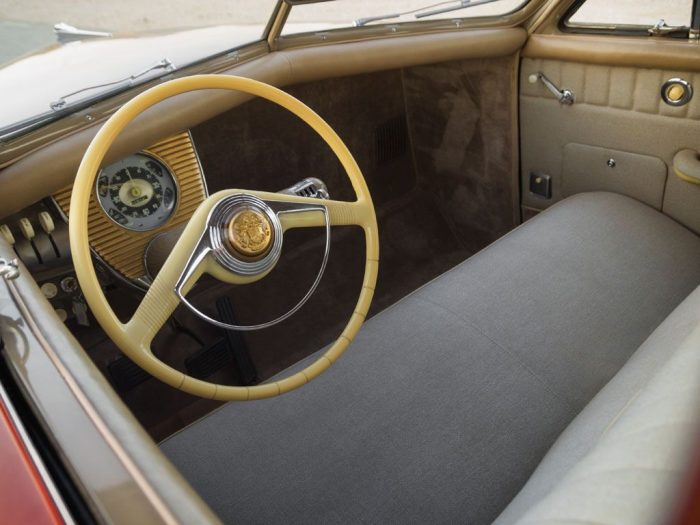
Tucker 48. Photo courtesy RM Sotheby’s.
The Tucker 48 embodied many radical ideas Preston Tucker had for the future of automobiles, but one of the most overlooked is his concern for safety. While many of the Tucker 48’s advanced features incidentally contributed to a safer car, Tucker believed that by eliminating the traditional dashboard and creating a sort of safety cell underneath the cowl, passengers would have a better chance of surviving a collision if they would dive down into that safety cell when they saw a crash coming. No word on what the passengers were supposed to do if they didn’t see a crash coming.
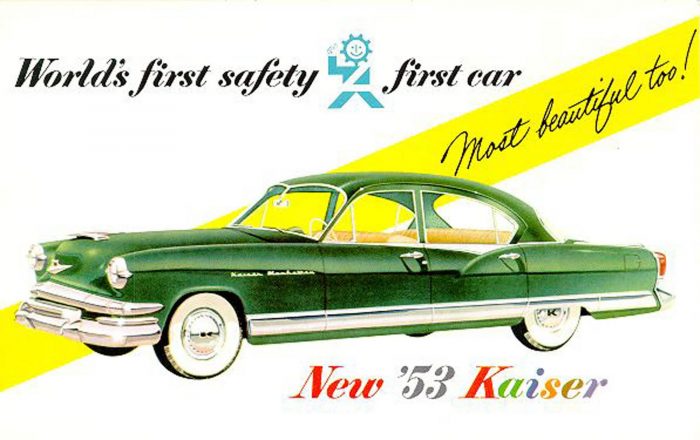
As Ginny McPartland pointed out in an article on Kaiser Permanente’s website, the postwar era’s increased automobile ownership and resulting increased number of highway deaths led many – including President Harry Truman – to call for increased automotive safety as early as 1947. And while many of the suggested solutions veered toward driver education, American auto manufacturers did at least offer some small improvements. Nash became the first American carmaker to offer seatbelts in 1949, albeit optionally, and Chrysler offered padded dashboards and its Safe-Guard hydraulic disc brakes the same year. Four years later, Kaiser pitched its revamped lineup as “safety-first” cars, though the only real safety features the cars offered were pop-out windshields, padded dashboards, and padded backs to the front seats.
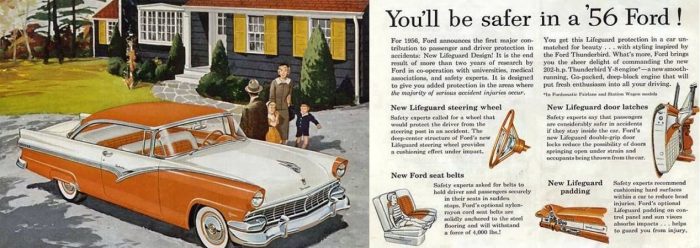
Ford did offer safety glass in its cars beginning in 1927 – apocryphally, it was a crash involving Henry Ford himself that inspired the switch – but it took nearly 30 years for the company to stress safety again, as it did in 1956 with its Lifeguard safety package, which included seat belts, dash padding, and a deep-dish steering wheel, which was intended to catch the driver’s chest before the steering column could spear it. Not all of the package’s components were standard, and it bears pointing out that in the ad above, Ford promoted an engine designed to go faster right alongside the Lifeguard features. By mid-year, Ford dropped the safety campaign (“Safety doesn’t sell,” was the widely circulated quote from Ford officials), though the individual safety features would eventually influence the rest of Detroit to develop and install their own versions.
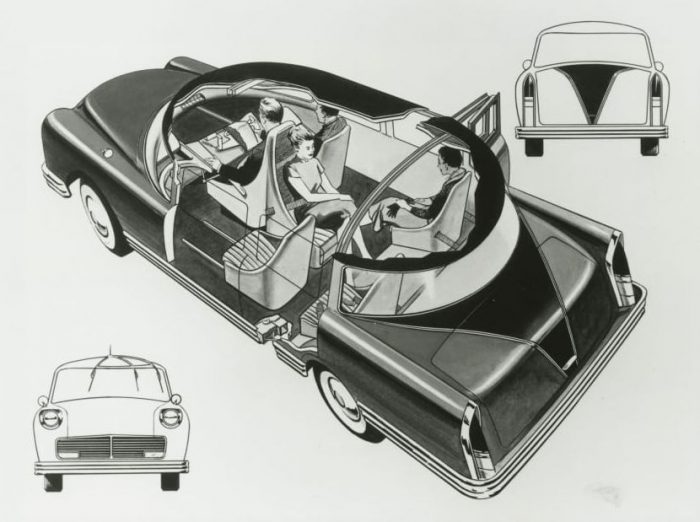
Image courtesy The Henry Ford.
The safety features in Ford’s Lifeguard package reportedly grew out of a Cornell University study that Ford helped fund, so the folks at Cornell probably felt a little let down by Ford’s trepidation when it came to building a safer car. But then along came Liberty Mutual Insurance, which in 1954 opened its Research Institute for Safety, concerned with – among other things – automotive safety. In 1957, Liberty Mutual offered to fund Cornell’s idea of a safety car, so they started with a Ford sedan and replaced just about everything. Steering levers replaced the steering wheel, capsule bucket seats and seat belts were designed to cradle their occupants in a collision, sliding doors folded rather than swung out, bumpers surrounded every part of the car but the wheelwells, and padding covered the entire interior. “A counterpoint to futuristic ‘dream cars’ that appealed to emotion and imagination, the Cornell-Liberty Survival Car embodied sobering, practical designs that promised to save lives,” the Smithsonian wrote.
While the 1957 Survival Car was merely a non-functioning mockup, Liberty Mutual and Cornell teamed up again three years later to build Survival Car II. Based on a 1960 Chevrolet and not nearly as radical as the first, it retained the capsule chairs, seat belts and padding, and ditched the steering levers with a cutdown steering wheel mounted on a collapsable steering shaft.
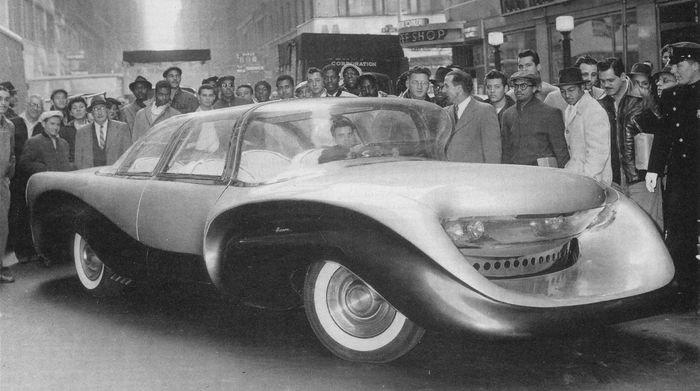
The Cornell-Liberty Mutual Survival Cars weren’t the only results of a public frustrated with the carmakers’ approach to automotive safety and willing to take the lead in building a safety car. Alfred Juliano, who had noted that Americans preferred to buy style rather than safety, believed that he could use the former to sell the latter, and thus designed and built his 1957 Aurora safety car based on a 1954 Buick Roadmaster chassis. As Michael Lamm noted in his Special Interest Autos article on the Aurora, it boasted a number of safety features: twin rollbars, safety belts, telescoping steering column, padded dash with recessed gauges, flush door handles, foam-filled bumpers, and its unusual windshield, designed to provide more space for the occupants’ heads to travel in a front-end collision.
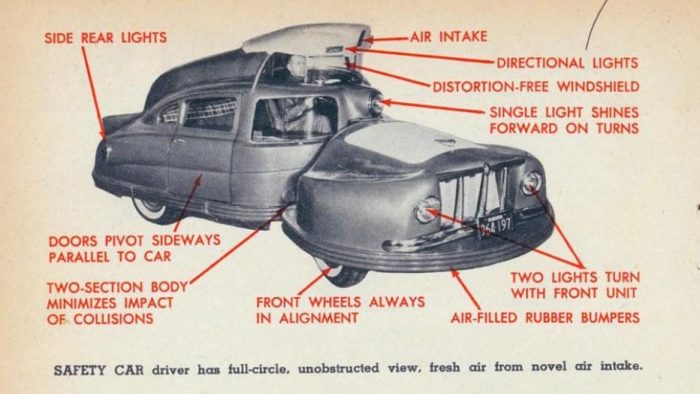
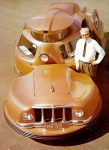

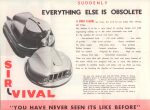
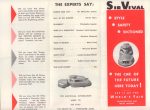
Sir-Vival scans via Kustomrama and John King.
And then there’s the 1958 Sir Vival. Worcester-based Walter Jerome had worked on his idea for an ultimate safety car for a decade and intended its radical design to shock a complacent American populace into demanding safety be built into their automobiles. Specifically, he designed the Hudson-based car with bumpers that wrapped around both front and rear sections of the car and a driver’s turret to allow greater visibility; at the same time, he incorporated a roll cage, sliding doors, seat belts, and marker lights intended to increase visibility.
Incidentally, the latter three safety cars still exist: the 1957 Survival Car in The Henry Ford, the Aurora in the Beaulieu Motor Museum, and the Sir Vival at Bellingham Auto Sales. But what they – and the other examples pointed out above – more relevantly have in common is that none of them progressed beyond the prototype stage and none of them effectively influenced Detroit to incorporate safety in the design of its cars.
Nader might not have built a prototype safety car, but he succeeded where the men above failed, which is probably reason enough for the Automotive Hall of Fame to consider him for its ranks.
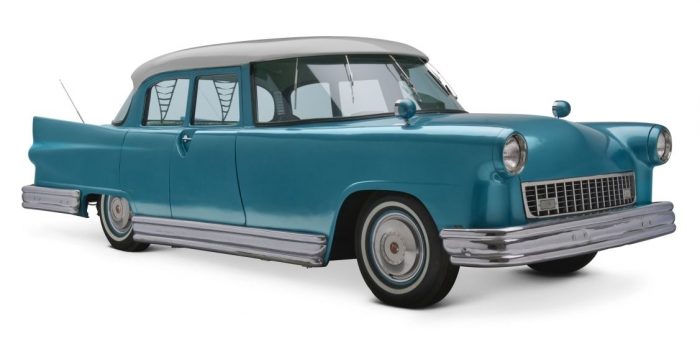
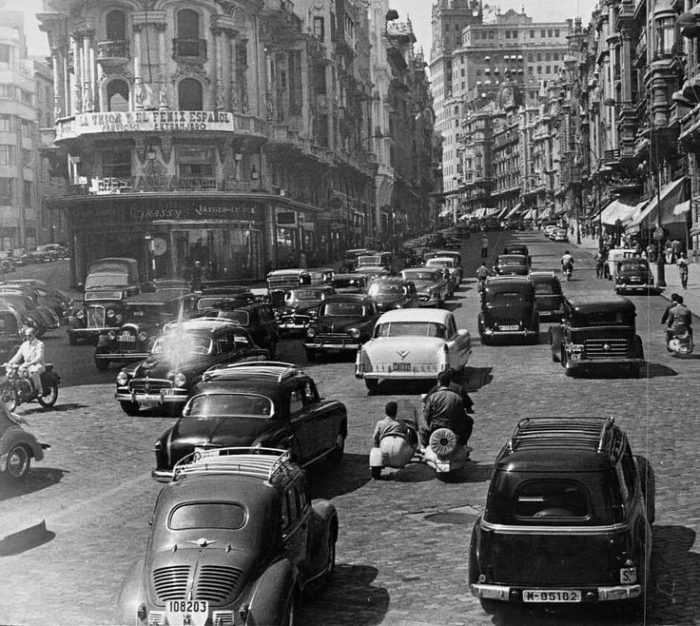
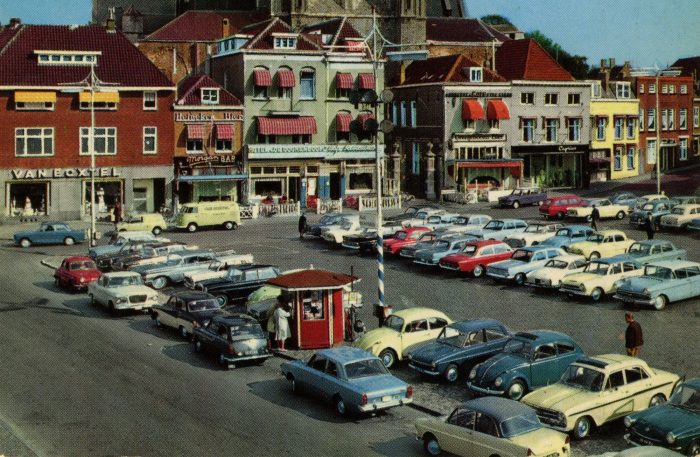
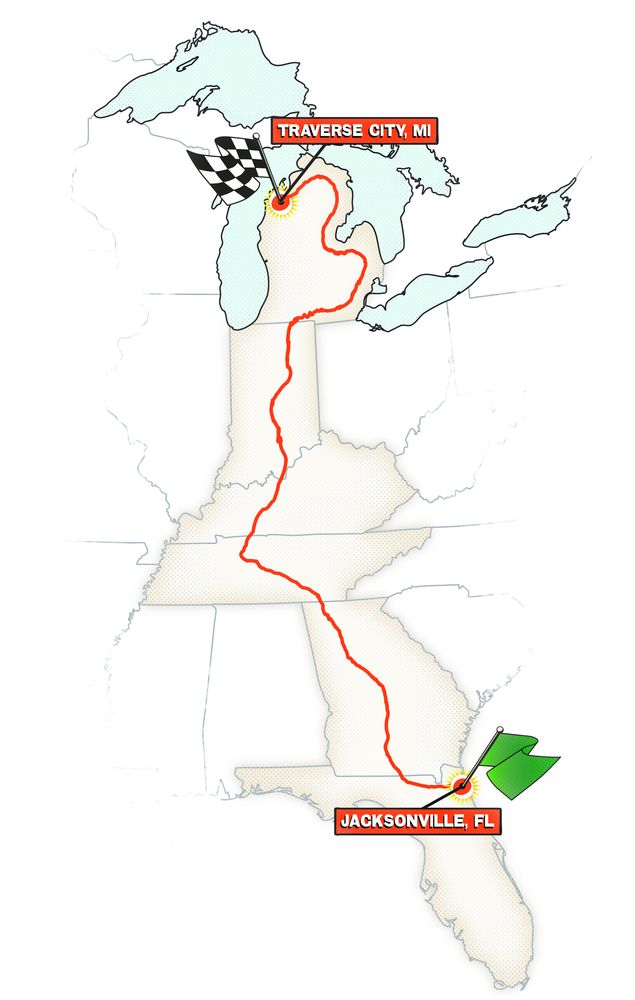
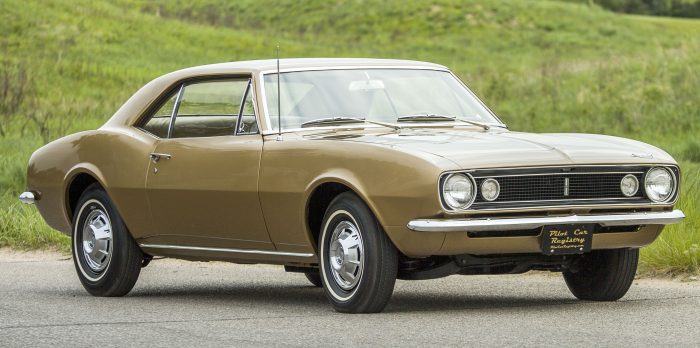

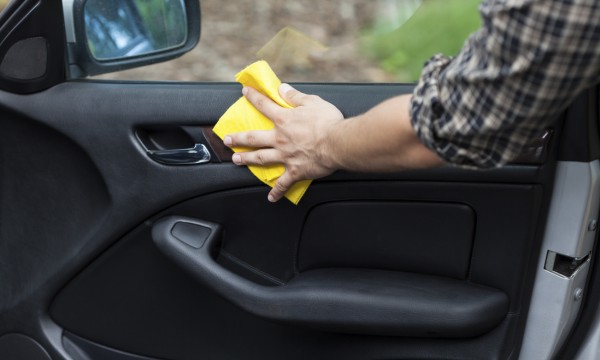
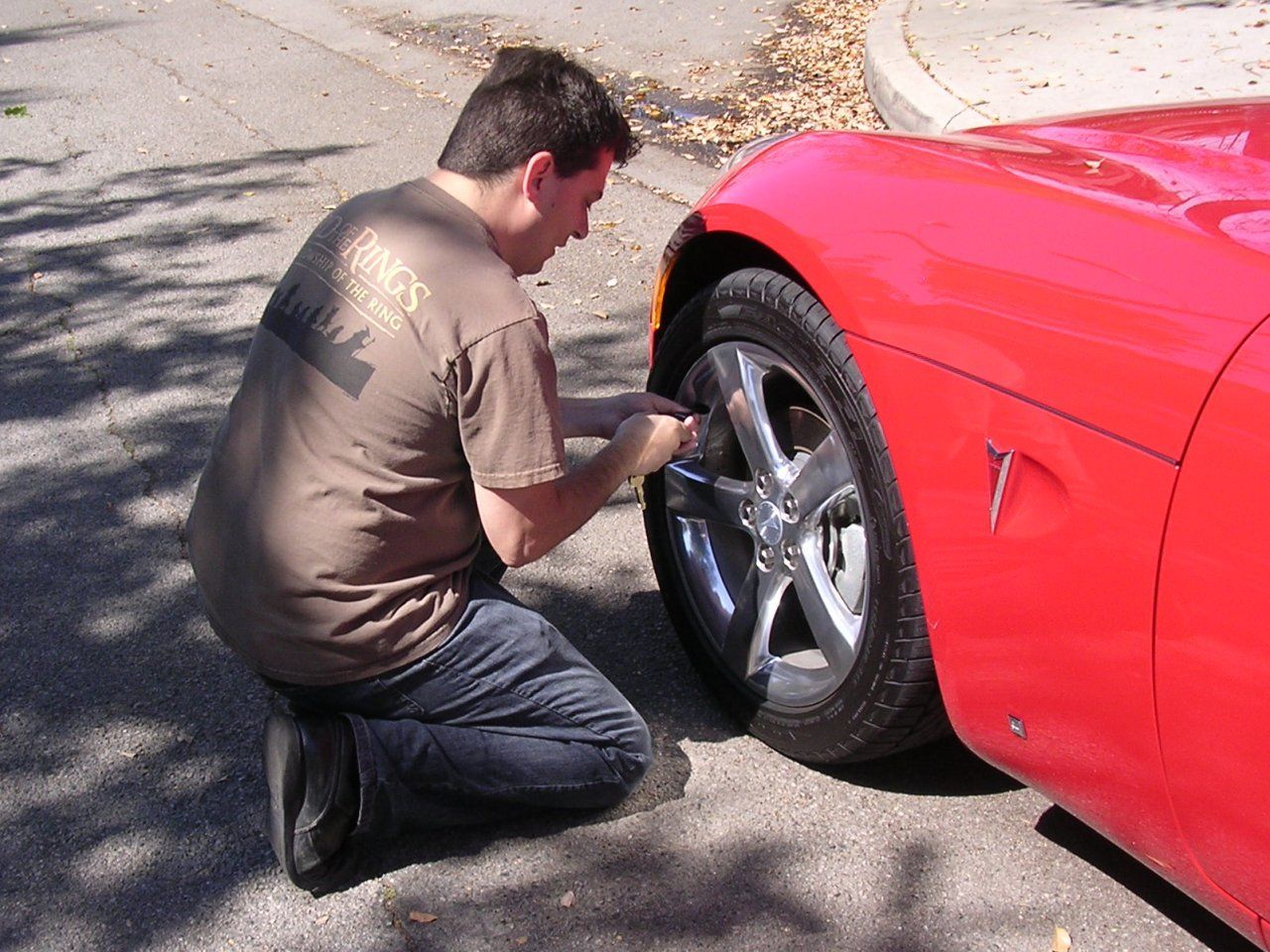
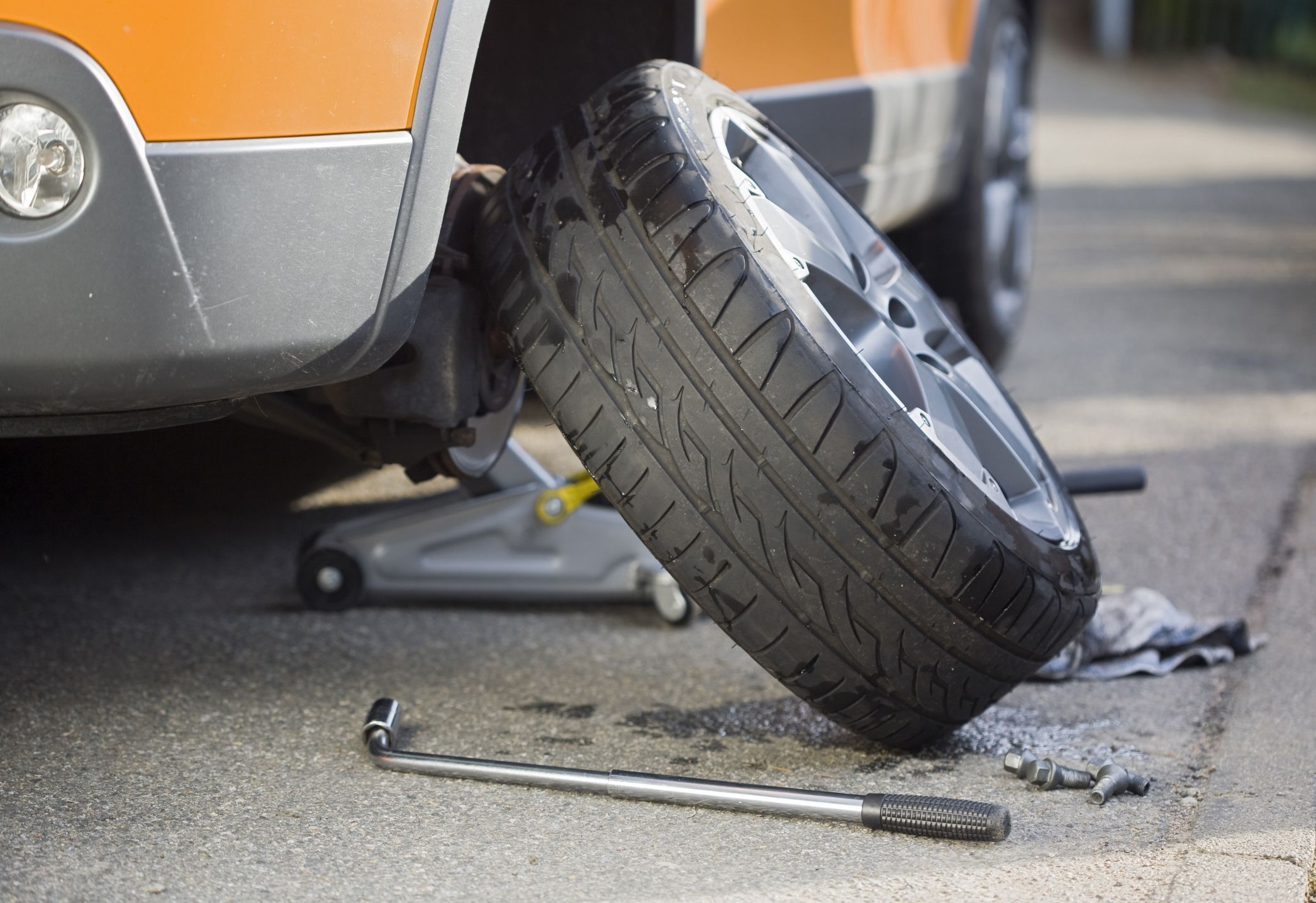
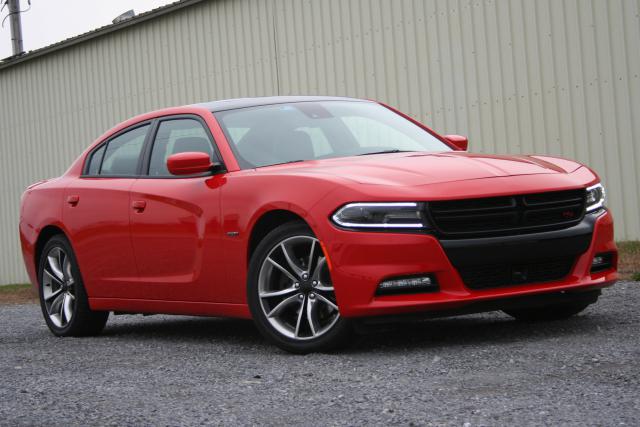
Recent Comments